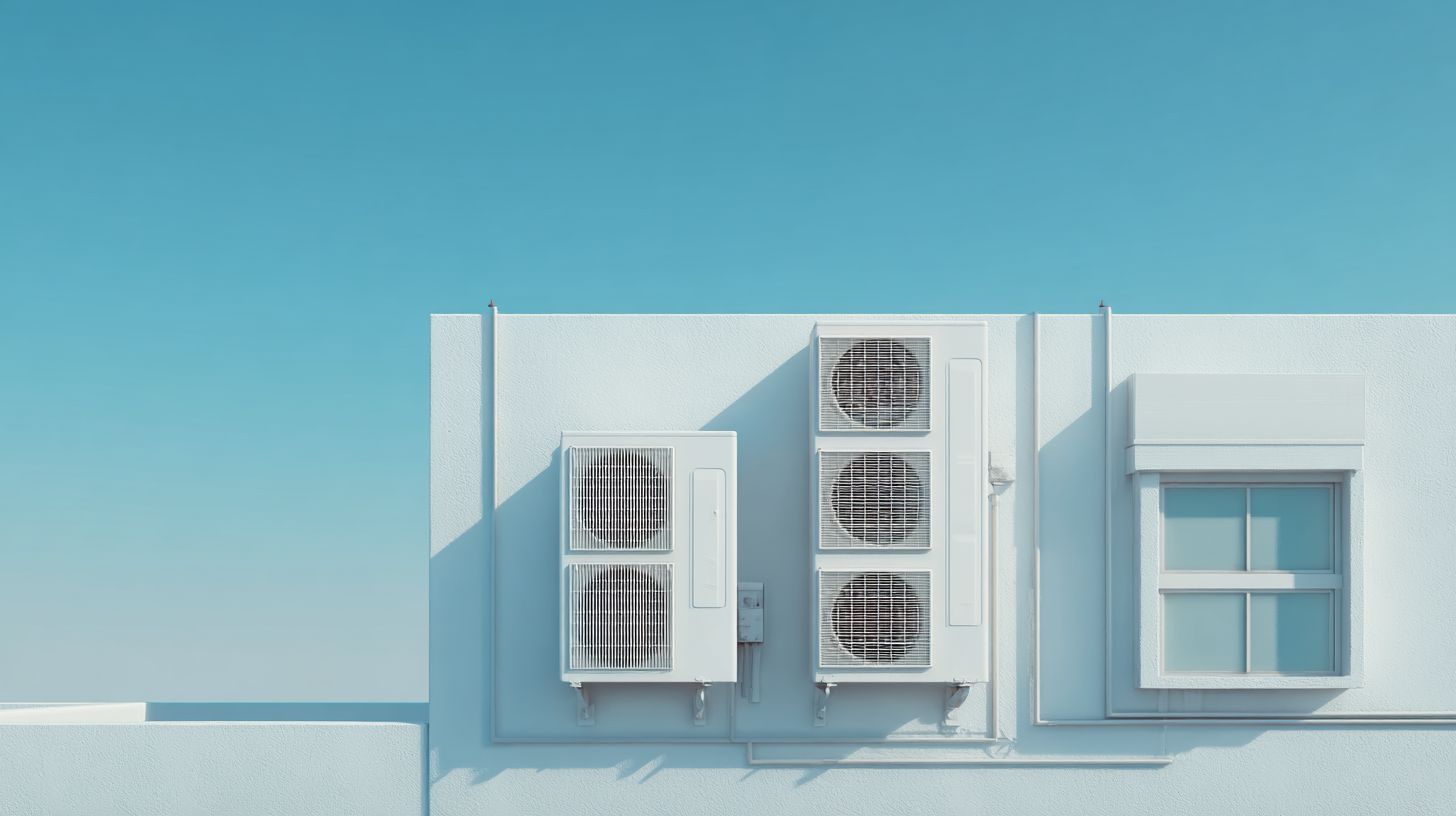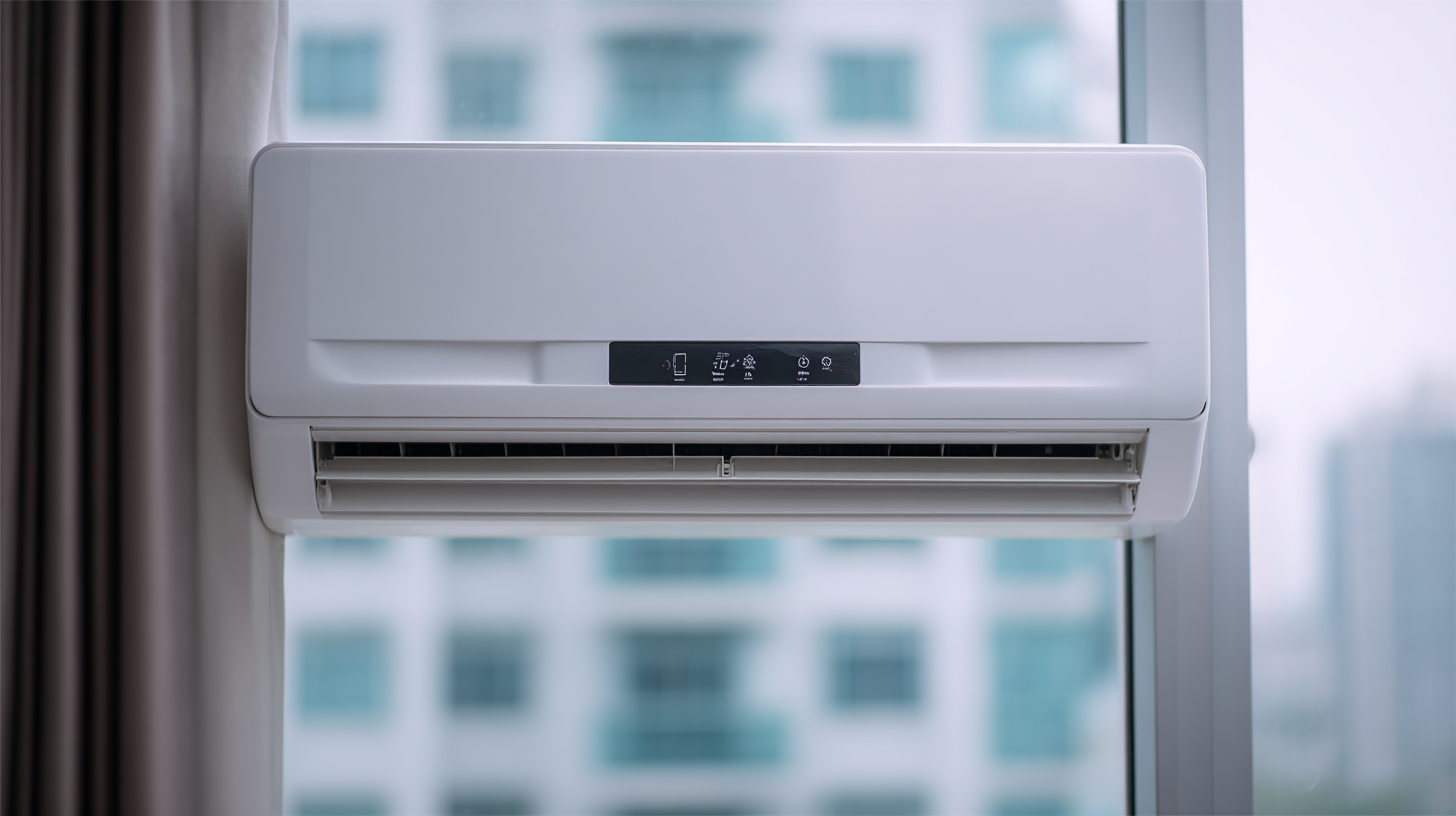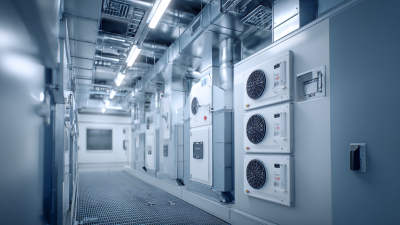Unlocking Comfort: Exploring the Pros and Cons of Cheap HVAC Systems for Your Home
In the quest for home comfort, many homeowners are exploring the possibilities presented by cheap HVAC systems. According to the U.S. Department of Energy, heating and cooling account for nearly 48% of the energy consumed in a typical U.S. home, making HVAC choices critical for both comfort and cost efficiency. While budget-friendly HVAC solutions promise immediate savings, they can also pose long-term risks and inefficiencies that might outweigh their initial appeal.
Industry expert John Smith, a renowned HVAC consultant, emphasizes this balance, stating, “Investing in cheap HVAC systems may lead to short-term savings, but they often come at the expense of performance and durability.” Such insights highlight the importance of evaluating both the pros and cons of these systems, particularly as the market sees a surge in demand for economical solutions. With the growth of the cheap HVAC systems sector, it becomes essential to understand not only the financial implications but also the potential impact on home comfort and energy consumption. Therefore, a thorough exploration of these systems is vital for making informed choices that prioritize both savings and sustainability in the long run.

Understanding Cost-Effectiveness: Pricing Trends for Affordable HVAC Systems in 2023
As we delve into the cost-effectiveness of affordable HVAC systems in 2023, it's important to note the growing demand for energy-efficient solutions within the market. Recent reports indicate that the global HVAC equipment market is projected to expand significantly, reaching USD 387.22 billion by 2032, growing from USD 207.11 billion in 2023 at a compound annual growth rate (CAGR) of 7.2%. This growth is largely driven by the increasing awareness surrounding energy conservation and the long-term cost benefits associated with more efficient systems.
In Ontario, new energy efficiency initiatives, such as the Home Renovation Savings Program, illustrate a proactive approach to reducing energy costs for families. As the market shifts toward affordable HVAC solutions, advancements in technology, such as artificial intelligence, are paving the way for innovative products that enhance energy savings. This suggests a promising trend where even budget-friendly HVAC systems can significantly contribute to reducing household expenses, aligning with broader sustainability goals.
Evaluating Efficiency Ratings: SEER and EER Metrics for Budget-Friendly HVAC Solutions
When considering budget-friendly HVAC solutions, understanding efficiency metrics such as Seasonal Energy Efficiency Ratio (SEER) and Energy Efficiency Ratio (EER) is crucial. SEER measures the cooling output through a typical cooling season divided by the energy consumed in watt-hours, providing a clear indication of potential energy costs. According to the U.S. Department of Energy, a system with a SEER rating of 16 is roughly 38% more efficient than one with a SEER of 12, which can significantly impact long-term utility bills even if the upfront costs are higher.
EER serves a similar purpose but is calculated during peak cooling conditions, highlighting the efficiency of an HVAC system during the hottest parts of the year. For instance, a model with an EER of 12.0 could prove advantageous in regions with extreme summer heat, reducing energy consumption when it matters most. The Air Conditioning, Heating, and Refrigeration Institute suggests that investing in HVAC systems with higher SEER and EER ratings, even if they are initially more expensive, can yield substantial savings over time and improve comfort levels significantly, making them an essential consideration for homeowners evaluating cost-effective HVAC solutions.
Long-Term Savings Analysis: Comparing Maintenance Costs of Cheap vs. Premium HVAC Systems
When considering HVAC systems for your home, it's essential to weigh the long-term maintenance costs between cheap and premium options. While cheaper systems may appear attractive due to their lower upfront costs, they often come with higher maintenance expenses over time. For instance, budget HVAC units may require more frequent repairs and part replacements, primarily because they use lower-quality components and lack advanced technology. Regular maintenance could quickly offset any initial savings, making it crucial to evaluate the reliability and efficiency of these systems.
 In contrast, investing in premium HVAC systems can lead to substantial long-term savings. Typically, these units are engineered with superior materials and technology, which translates to better energy efficiency and reduced operational costs. Additionally, premium systems often come with extended warranties and support, further minimizing the risk of unexpected expenses. As a result, homeowners should carefully analyze these aspects before making a decision, as the choice between cheap and premium HVAC systems significantly impacts both comfort and financial health in the long run.
In contrast, investing in premium HVAC systems can lead to substantial long-term savings. Typically, these units are engineered with superior materials and technology, which translates to better energy efficiency and reduced operational costs. Additionally, premium systems often come with extended warranties and support, further minimizing the risk of unexpected expenses. As a result, homeowners should carefully analyze these aspects before making a decision, as the choice between cheap and premium HVAC systems significantly impacts both comfort and financial health in the long run.
Consumer Satisfaction Insights: Review Data on Performance and Reliability of Low-Cost HVAC Units
When considering low-cost HVAC units, it's important to delve into consumer satisfaction insights. A recent study from the American Society of Heating, Refrigerating, and Air-Conditioning Engineers (ASHRAE) found that while many homeowners appreciate the affordability of these systems, nearly 40% reported issues with performance within the first two years of use. Reliability can be a significant concern, as budget-friendly options often compromise on build quality and efficiency, leading to increased operational costs in the long run.
To navigate the complexities of choosing a cheap HVAC system, consider the following tips: Firstly, look for units with high Seasonal Energy Efficiency Ratios (SEER). According to the U.S. Department of Energy, a higher SEER rating not only indicates better cooling efficiency but can lead to energy bill savings. Secondly, read user reviews and ratings, focusing on long-term performance rather than just initial satisfaction. The HVAC Quality Standards Organization recently highlighted that customer satisfaction ratings for budget units often drop significantly after the first year of use.
Ultimately, combining affordability with thorough research and attention to performance metrics can support your decision-making process when selecting a HVAC system for your home.
Environmental Impact Assessment: The Carbon Footprint of Economical HVAC Systems and Alternatives
When considering economical HVAC systems, it is crucial to assess their environmental impact, particularly their carbon footprint. Cheap HVAC units often prioritize affordability over energy efficiency, leading to higher energy consumption and increased greenhouse gas emissions over time. These systems may not incorporate advanced technology that boosts efficiency, resulting in higher operational costs and a detrimental impact on the environment.
Alternatively, investing in energy-efficient HVAC systems, albeit at a higher upfront cost, can significantly reduce carbon emissions. Systems that utilize renewable energy sources or advanced heat pump technology can provide substantial long-term savings on energy bills while minimizing their ecological footprint. The upfront investment in more efficient alternatives often pays off through lower energy consumption and reduced climate impact, positioning them as a more sustainable choice in the long run. As homeowners weigh their options, understanding the environmental implications of their choice is essential in making an informed decision that benefits both their wallet and the planet.



